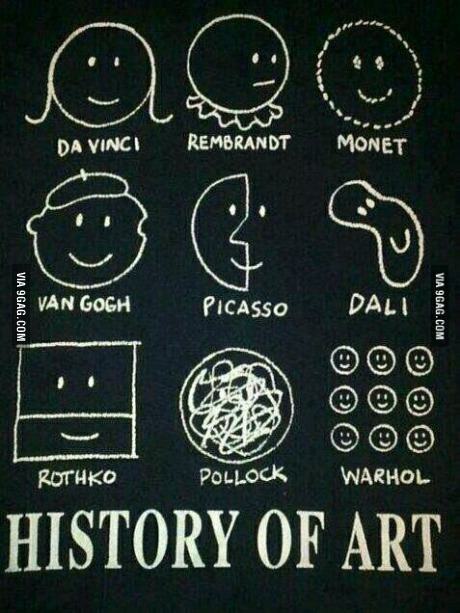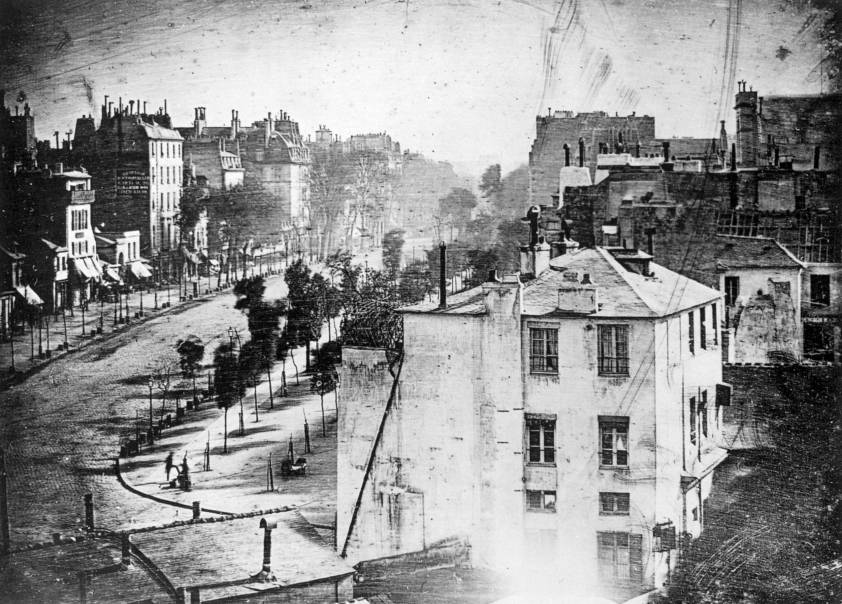
Covering a brief history of the most documented cases of photo manipulation from 1860-1942

Covering a brief history of the most documented cases of photo manipulation from 1860-1942
Whilst I think my presentation could have gone better, I think that overall it was mostly successful.
I did use an unfortunate amount of colloquialisms, and being a touch more prepared would almost definitely have helped me to avoid this. I feel like my presentation was slightly short, but I’ve had peer feedback to suggest that that’s what made it slightly more engaging.
I attempted to check my sources and the accuracy of my information, however I could have used more than just the internet for reference.
I really enjoy being able to work in a dark room and shoot on film. Being able to work into my images is a privilage that not all have access to, and I appreaciate it imensely. Having 36 shots or less really makes me consider my work a lot more, making sure I get the shot that I want, rather than several with the impression ‘there’ll be one in there somewhere that looks good’ because a lot of the time, there isn’t. Whilst I’m limited to black and white, which I don’t particularly like as a standard, I don’t mind it in film imagery, the greyscale just looks so much better than when digitally altered or something. I’m not really sure why I prefer film images in black and white, I think it’s just the authenticity of it. I enjoy the entire process and I do think it shows in my images.
That said, the accessibility of digital photography makes it more often the preferable choice, ignoring actual initial camera costs, it’s cheaper, as film adds up over time. Not only that, it’s just compatable. The compatability of technology these days makes the stuff easy to integrate into peoples lives, and that ultimately will lead to a prevelence in digital photography. Personally, I enjoy working into my dark room work, but I don’t really like editing my digital images, unless they’ve been shot to edit later. I think it helps that dark room editing is easier to do in printing process, whereas with digital, you have the image as is, and doing more to it feels slightly like cheating almost. I really like the colour capabilities and potentials of digital photography.
TL,DR; Both Digital and Traditional have their merits, I think Dark Room is much more personal to work with, and that Digital is just more accessable and convenient.

Casually browsing the net and stumbled upon this beauty 🙂
The link to the site> http://9gag.com/gag/adNoBMD

What glorious weather for producing cyanotypes!
Both the Extended diploma and 90 credit diploma students have been producing cyanotypes this week during the spring sunshine – with some very impressive results.
Cyanotype sunprints are a particular favourite of one of our tutors: Miss Emma Benyon, who held an exhibition of her sunprints last year.
If any of our students want to have another go at the technique or want to try using digital negatives to produce prints just come along on Wednesday afternoon to have a go. Hopefully the weather will still be nice!


Swiped from 9gag, It amused me and seemed slightly relevant to the Art History sessions 😀

The second image we were asked to look at was by Diane Arbus, and to me, it just screamed creepy. I definitely believe that it’s entirely due to a lifetime of creepy little kids in horror movies and supernatural then killing people or torturing them.
I do believe that the creepiness of children is influenced by their truthful and simpleness, more reasons I dislike children, and the image showed to children who were so similar but so different. They were dressed the same, and looked very similar but one looked sad and one looked happy and that to me is unusual. The composition is odd too, I’ve never known siblings to stand so close and upright even for a photograph. It’s all very set-up leading the viewer with an uneasy feeling.

Today we’re looking at social and personal influences on interpretations of images. We were shown this image, and asked to interpret it. The first time I saw this image, I was confused, it was just an old man making his dinner? But as we looked at the story, more was revealed.
This time when seeing the image, armed with the foreknowledge of the context, the first thing I thought was ‘alone’. I happened to know the man had lost his wife, and must have felt alone and therefore felt more upon seeing it.

This was ‘solved’ with the announcement of the Daguerrotype in 1839, who had managed to capture the generally accepted ‘first photograph to include people’. The scene is of a busy street, but due to the long exposure time, the only person to be included is a shoe-shiner. However the images Daguerre captured were easily damaged and exposure time was long.
Whilst the issues with the Daguerrotype were being worked out, Henry Fox Talbot was developing a different type of print, which helped to reduce the exposure time.
Further advancements lead to popularization of photography, progressing to black and white slides of large format cameras, the medium format cameras with rolls of film, to 35MM and colour film.
Today, photography is more accessible than ever, with an average phone having a camera built in. This makes photographical arts more important than ever, in order to distinguish it from amateur photography.